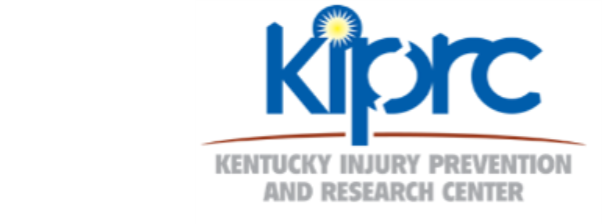
Kentucky Injury Prevention and Research Center Faculty Publications
Abstract
Background: Private and Public security and law enforcement (SLE) sectors perform multiple overlapping job duties.
Methods: Workers’ compensation (WC) SLE first reports of injury (FROI) data (2005–2015) were analyzed to describe injuries, identify differences in awarded WC benefits, and compare the probability of a FROI resulting in awarded benefits between Public and Private SLE. A Pearson’s chi-square test was utilized and reverse selection logistic regression was performed to estimate the odds ratio that a FROI would result in an awarded benefit for Private vs. Public SLE, while adjusting for relevant covariates.
Results: Private SLE had higher FROI percentages for younger and for older workers, fall injuries, and back injuries, compared to Public SLE. The adjusted odds that a FROI resulted in an awarded benefit was 1.4 times higher for Private SLE compared to Public SLE; (95% confidence interval [CI] = 1.09,1.69). Middle-aged SLE employee adjusted odds of awarded benefits was 3.3 times (95% CI [1.96, 5.39]) higher compared to younger employees. Adjusted odds of awarded benefits was 3.8 times (95% CI [1.34, 10.61]) higher for gunshots and 1.7 times (95% CI [1.22, 2.39]) higher for fractures/dislocations compared to other nature of injuries. Motor vehicle injury, fall/slip, and strain related FROIs had elevated adjusted odds of awarded benefits compared to other injury causes.
Conclusions: Results highlight the importance of injury prevention education and worker safety training for Private and Public SLE sector workers on fall prevention (especially in Private SLE) and strain prevention (especially in Public SLE), as well as motor vehicle safety.
Document Type
Article
Publication Date
7-2-2018
Digital Object Identifier (DOI)
https://doi.org/10.1186/s40621-018-0156-9
Funding Information
This work was supported by the National Institute for Occupational Safety and Health under Grant number 2460OH008483–13.
Related Content
The workers’ compensation data were obtained through a memorandum of understanding (MOU) with the Kentucky Office of Workers’ Claims. The MOU states that the data cannot be shared; data requests can be directed to the Kentucky Office of Workers’ Claims.
Repository Citation
Witt, W. S.; Bunn, Terry L.; and Slavova, Svetla, "Workers Compensation-Reported Injuries Among Security and Law Enforcement Personnel in the Private Versus Public Sectors" (2018). Kentucky Injury Prevention and Research Center Faculty Publications. 4.
https://uknowledge.uky.edu/kiprc_facpub/4


Notes/Citation Information
Published in Injury Epidemiology, v. 5, 27, p. 1-9.
© The Author(s). 2018
This article is distributed under the terms of the Creative Commons Attribution 4.0 International License (http://creativecommons.org/licenses/by/4.0/), which permits unrestricted use, distribution, and reproduction in any medium, provided you give appropriate credit to the original author(s) and the source, provide a link to the Creative Commons license, and indicate if changes were made.